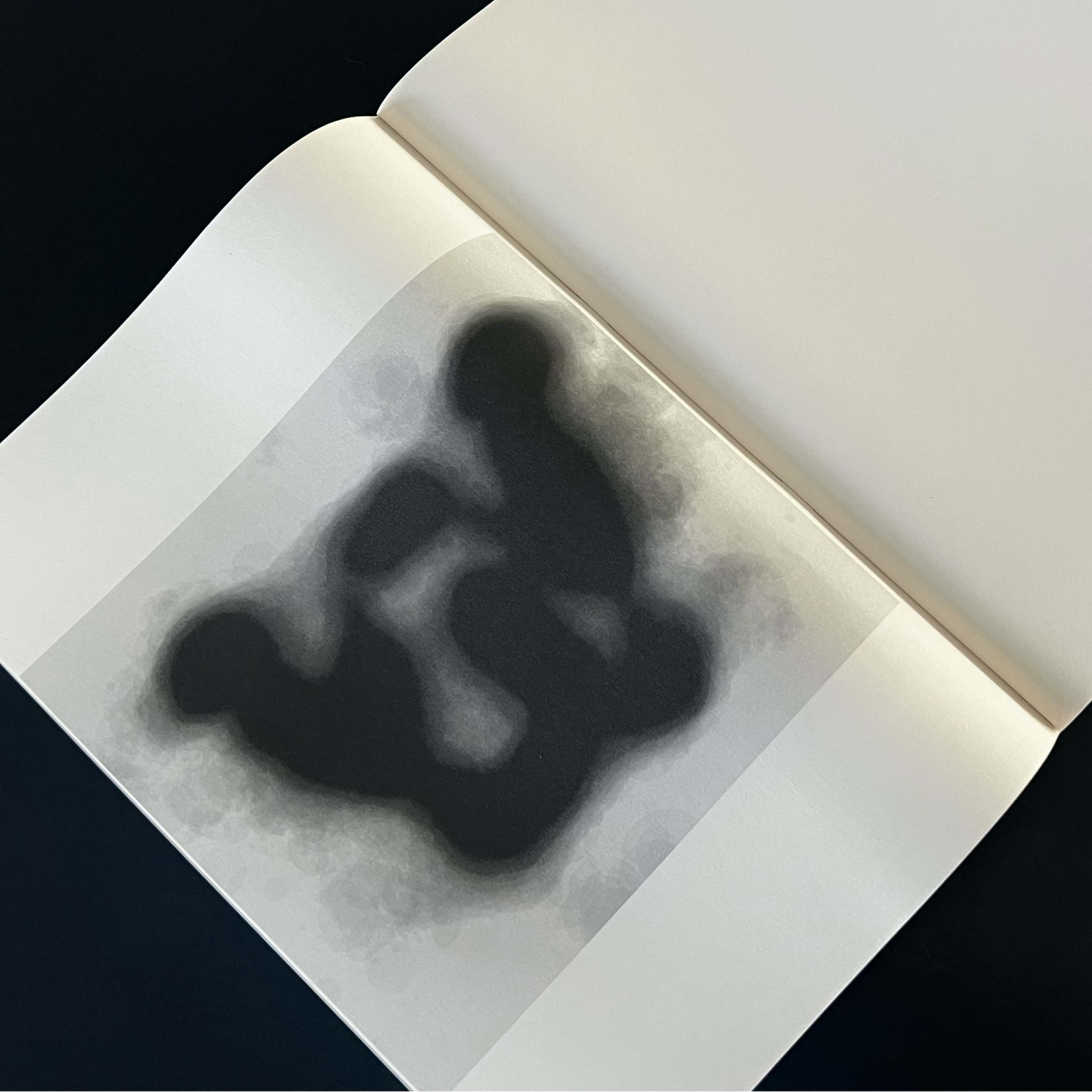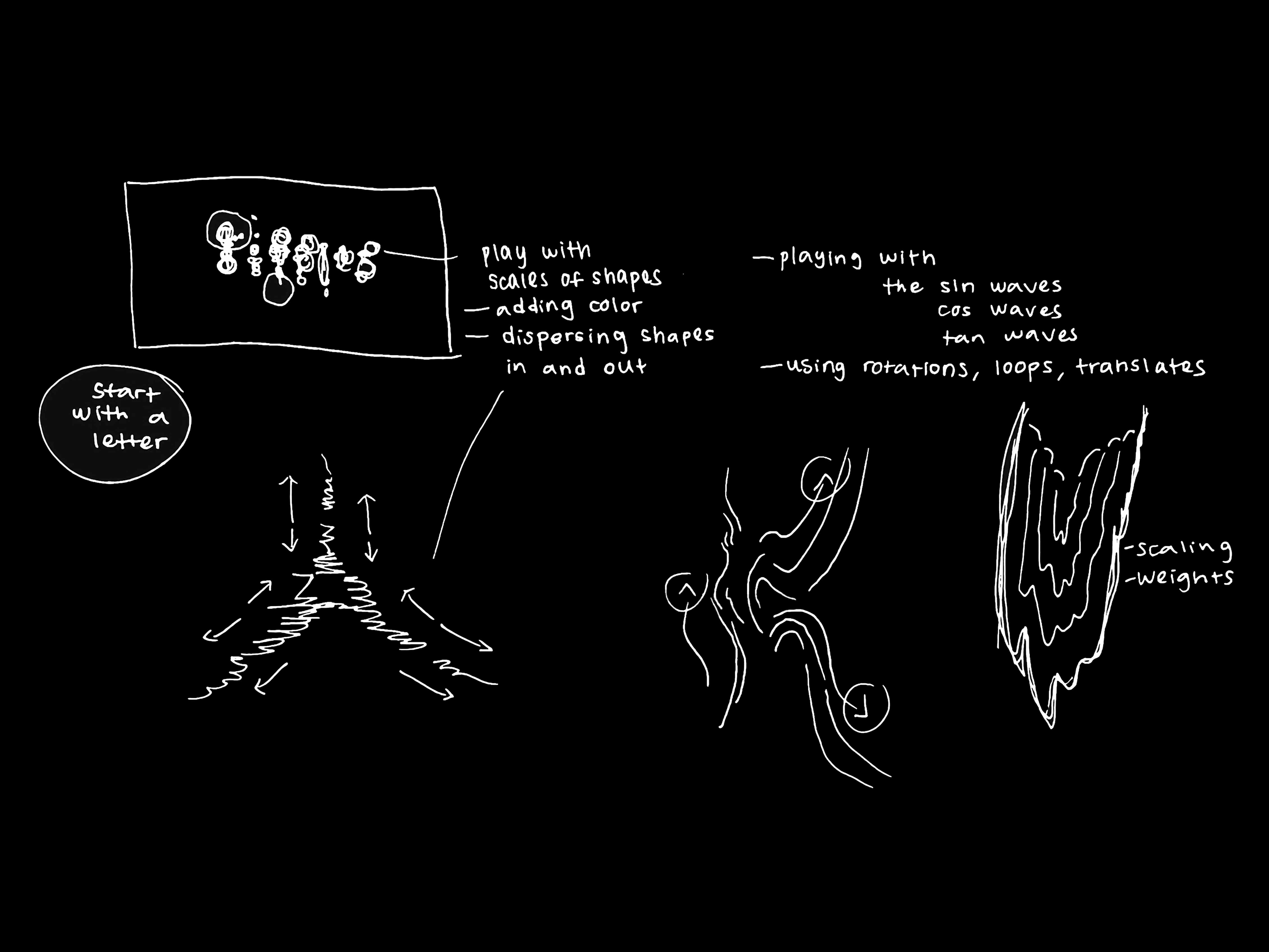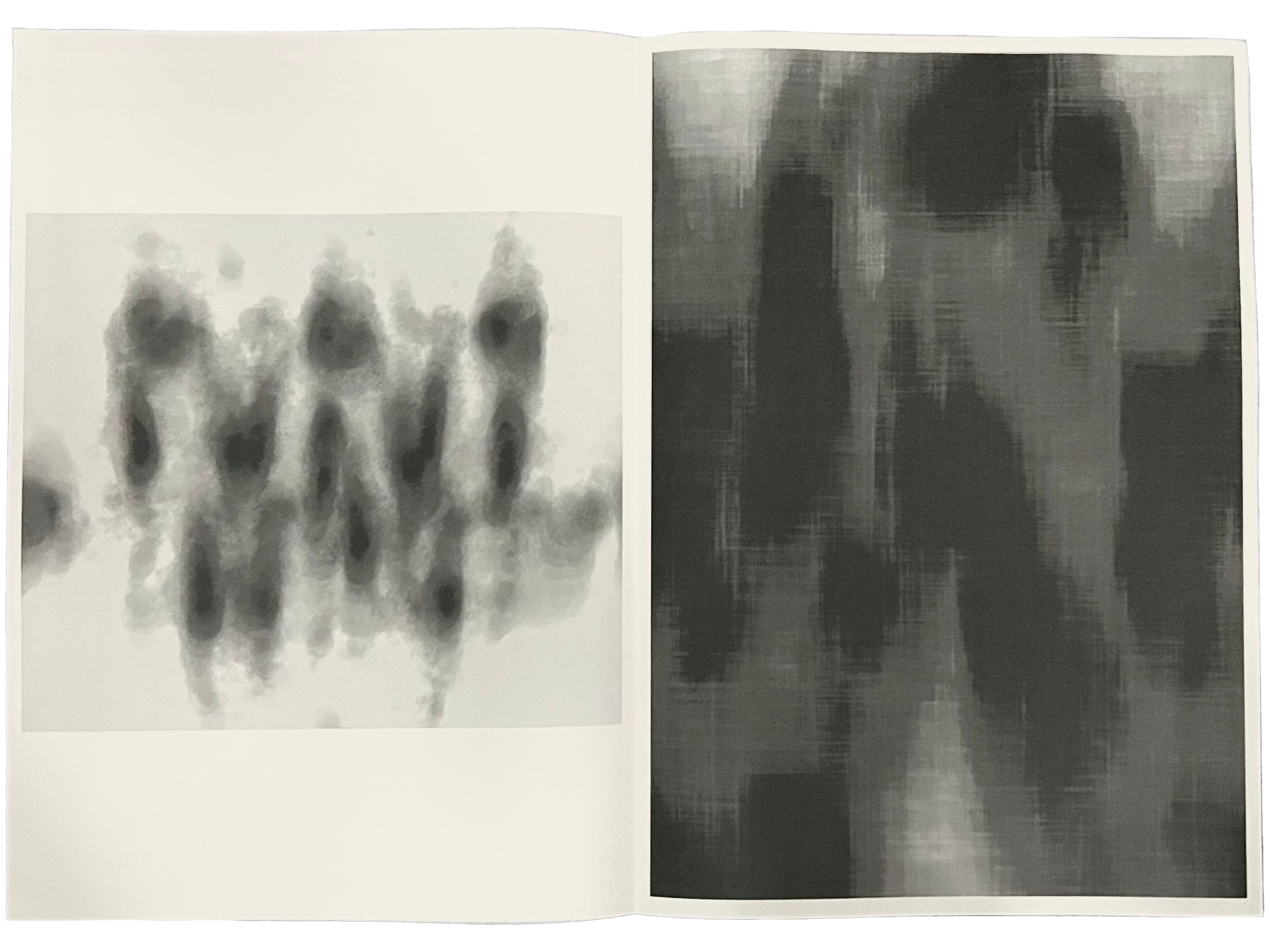The term generative can refer to a process that is executed computationally. Based on a set of rules and parametric changes, outputs are generated iteratively. Outputs here can be of many types and origins.
In this workshop we have focus on typography as an output informed and transformed by code and change over time.
How can we build systems in code to create generative type? Through a series of exercises exploring the generative, dynamic and playful potential of type, we have created a series of digital outputs presented in this online showcase.





Low volume
Mid volume
High volume






waves
Inspired by the sound “waves” of water, this project seeks to translate audio into visual motions, offering a serene auditory and visual experience. The project showcases a diverse array of water sounds, from gentle ripples, and soothing rain patterns to heavy waterfalls. Three outcomes were created, each corresponding to the low, mid, and high frequency of the water sounds. Each outcome has unique characteristics, mirroring the movement of each water wave’s frequency. The distinct visuals serve as my exploration of sight and sound’s relationship with letter form and motion, allowing for an exploration of various shapes and textures.
The final outcome is a booklet that showcases the spectrum of water movements, ranging from low to high frequencies. It presents a compilation of images created from my experiments with the low, mid, and high-frequency aspects of water sounds. Each iteration highlights a distinct texture. The booklet begins with the soothing texture of low frequencies and ends with a more intricate form resembling the higher frequencies.

experience with sound
experience with sound
experience with sound



Sketches
I participated in this workshop with the intention of stepping outside my comfort zone. I have always had a hard time on coding, but I enjoyed the process of creating the unexpected. One thing I gained from this coding experience is to enjoy every process. The most crucial thing is to be open to learn something new, and create a space for myself to improvise every sketches without overthinking and self-doubting myself.
There were indeed hard times I faced, some technical aspects I couldn't solve. There was a moment where I got frustrated due to my inability to achieve what I wanted. However, I always keep in mind that mistakes are not failures. Even though the outcomes didn't result to what I had planned, I embraced what I had and try to transform it into something interesting through improvisations. By embracing the tensions and challenges, it helped me to push through different levels, creating something interesting through the unexpected.
Session 1
- Letter U Controlling the points of bezier curves by shapes (audio-reactive)
- Letter U Poster Generated poster from the letter U (audio-reactive)
- Letter V Controlling the points of bezier curves by motions
- Letter V Poster Generated poster from the letter V
Session 2
- Morphing Texts Using Loading Fonts with loops and random motions
- Sea Particles Audio-reactive text to points with sine waves
- Sea Particles (colored) Using audio with colors and sine waves
- Rain Audio-reactive text to points with sine waves
Session 3
- Water Ripples Audio-reactive text to points with random points
- Distorting Water Audio-reactive text to points with random points
Session 4
- waves-Low Frequency Letter form with the soothing sound of ocean waves
- waves-Mid Frequency Letter form with the sprinkling sound of rainwater
- waves-High Frequency Letter form with the ripples sound of water






